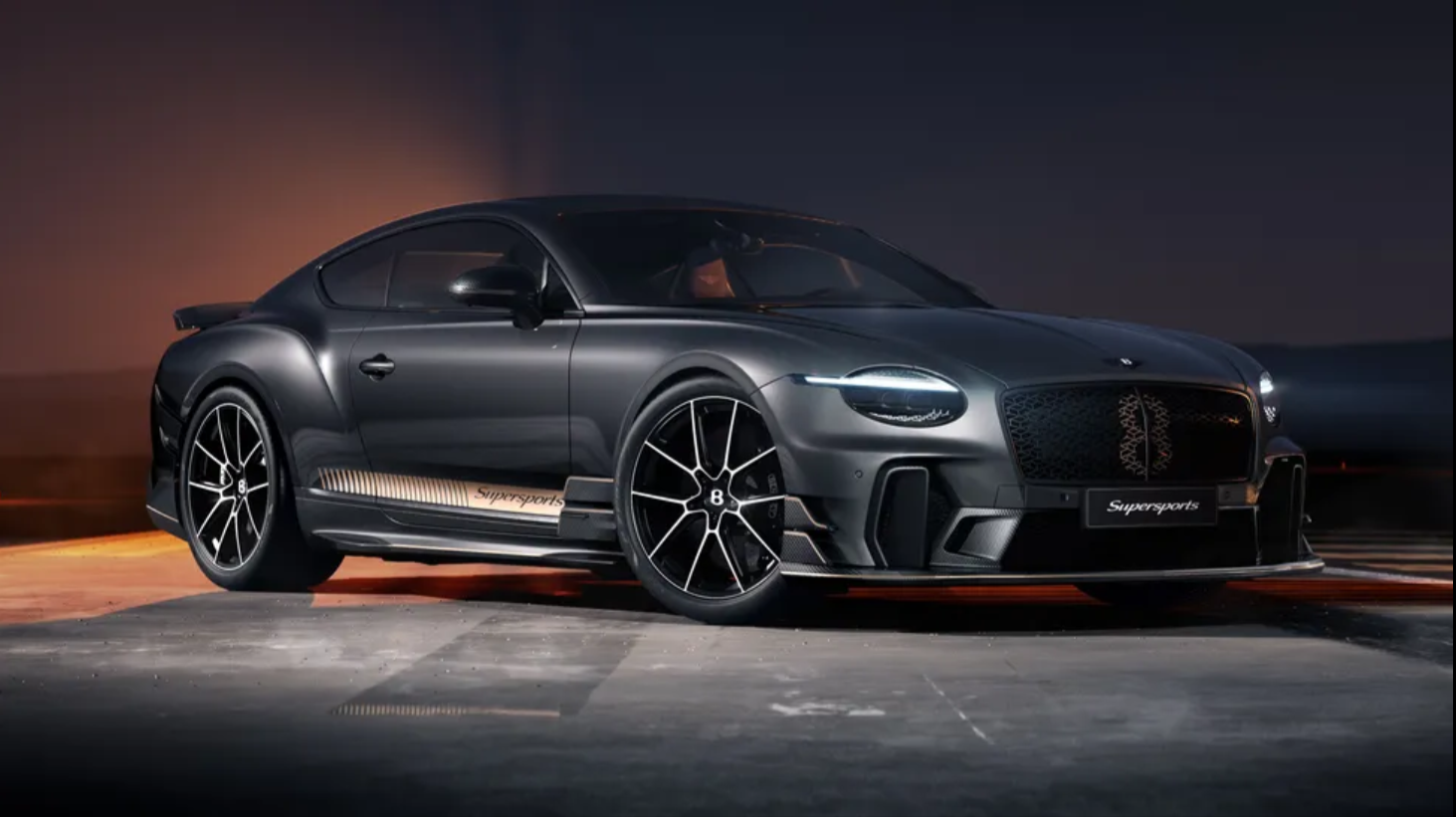Surprised? You shouldn’t be. Mercedes is taking a page from BMW’s playbook, blending traditional and electric powertrains into the next-gen S-Class. That means the EQS is on borrowed time, set to exit after just one generation. But before it bows out, expect a mid-life refresh, with the current S-Class also due for a facelift ahead of its evolution.
Mercedes CEO Ola Källenius confirmed the plans in an interview with Autocar, saying, “There will be two S-Classes in the future—ICE and electric.” Both versions will share similar looks, but unlike BMW’s platform-sharing with the 7 Series and i7, Mercedes will keep the electric S-Class on the new MB.EA Large architecture, while the combustion model sticks with an updated MRA platform.
Despite rumors that MB.EA might be scrapped, Källenius has reaffirmed its development is “running at high speed.” Given the separate platforms, don’t expect the S-Class duo to mimic BMW’s identical 7 Series/i7 formula. Different underpinnings often lead to varying proportions, with EVs benefiting from shorter overhangs and a longer wheelbase.
Still, these new S-Class variants will have more in common than today’s S-Class and EQS. The EQS, while impressive, has been criticized for its awkward design—a flaw that could disappear with its retirement. And while it’s too early to say if the same approach will be used for the E-Class, don’t bet on the EQE winning any design awards soon.
Autocar hints that by keeping a gas-powered S-Class, a new E-Class with combustion power will also spawn, complete with an electric sibling to replace the EQE. Financially, it’s a savvy move, spreading development costs across models that are closely related.
The EQS is slated for a facelift in 2025, with the S-Class following in 2026. The EQS update might bring an 800V architecture for ultra-fast charging—around 21 minutes from 10% to 80%. New battery chemistry could unlock more range, with the 2025 EQS already upgraded to 118 kWh, resulting in a WLTP range of 822 km. The most efficient U.S. version of the 2025 EQS can reach about 597 km.
Källenius also hinted that Mercedes is investing more in the S-Class update than typical mid-cycle revisions, signaling a significant overhaul. However, 2024 hasn’t been smooth—S-Class sales dropped nearly 37% in Q1, and combined sales of the S-Class, EQS, EQS SUV, and GLS fell 23% in Q2. Production has been cut to a single shift, with one supplier labeling it a “catastrophe.”
With a unified S-Class expected around 2030, this shake-up is Mercedes’ bid to streamline its luxury lineup. But for now, the journey forward looks anything but easy.









.jpg)


.jpeg)

.jpeg)
.jpeg)

